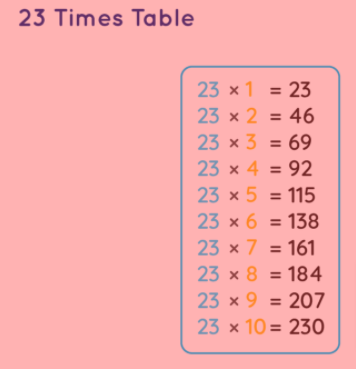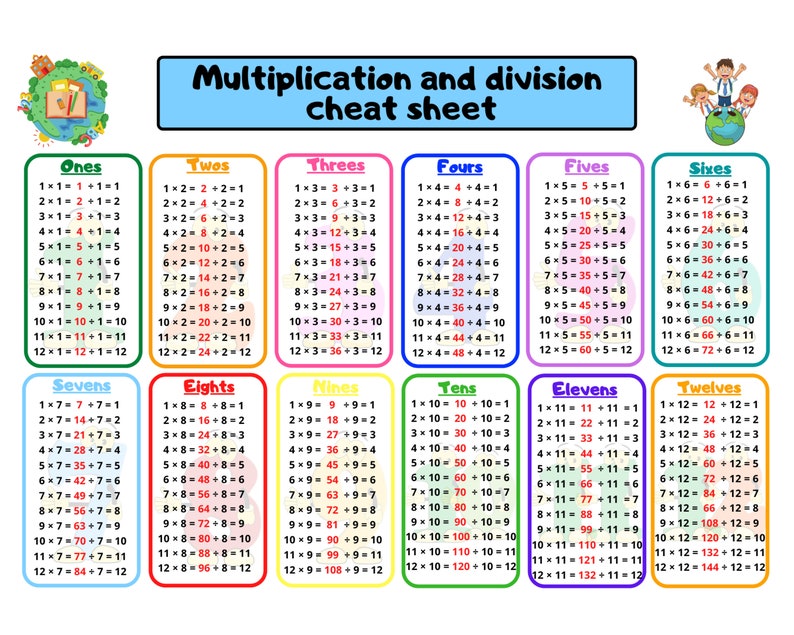


Whether it's a multi-step routine or one tiny act that tells your brain it's time to get into work mode (or whatever mode is needed), high achievers tend to find routines that work for them and that they can stick to-it's typically something they credit as core to their success. Productivity expert and author James Clear (a Zapier user!) has a simple "pre-game routine" to kickstart his day: pouring a cold glass of water. Media mogul Shonda Rhimes has a strict morning routine to get her into a creative state of mind: eating breakfast, exercising, and writing from 8 a.m. A solid routine fosters a well-worn groove for one's mental energies and helps stave off the tyranny of moods." "In the right hands, can be a finely calibrated mechanism for taking advantage of a range of limited resources: time (the most limited resource of all) as well as willpower, self-discipline, optimism. Even though their routines varied wildly, each individual had steps they followed to put them in an optimal state of mind.Īfter studying the great artists, Currey came to this conclusion: In his book Daily Rituals: How Artists Work, Mason Currey writes about the habits, routines, and rituals of hundreds of artists, including Maya Angelou, Frederic Chopin, Haruki Murakami, Nikola Tesla, and Louis Armstrong. Excellence, then, is not an act, but a habit. Download the Testbook App now to prepare a smart and high-ranking strategy for the exam.We are what we repeatedly do. Here you will get weekly test preparation, live classes, and exam series. If you want to score well in your math exam then you are at the right place. Let's write it down mathematically: 25 times 8 minus 9 plus 7.Īs a result, 25 times 8 minus 9 plus 7 equals 198. Consequently, in March, 31 times 25 cookies are made.Īs a result, Rishabh has made 775 cookies.Ĭalculate 25 times 8 minus 9 plus 7 using the 25 times table.

Explain how many he has made in the month of March using the 25 times table. 20 is equivalent to 10 times 2.Įvery day, Rishabh bakes 25 cookies.

Solved exampleįind out what \(10 \times 2 \) is first. The first 20 multiples of 25 have been discovered. The table is read as follows, 25 once is 25, 25 twos equals 50, 25 threes equals 75, 25 fours equals 100, 25 fives equal 125, 25 sixes equal 150, 25 sevens equal 175, 25 eighths equal to 200, 25 nines equal to 225, 25 tens equals 250. The unit's place digit for multiples of 25 is always either 0 or 5


 0 kommentar(er)
0 kommentar(er)
